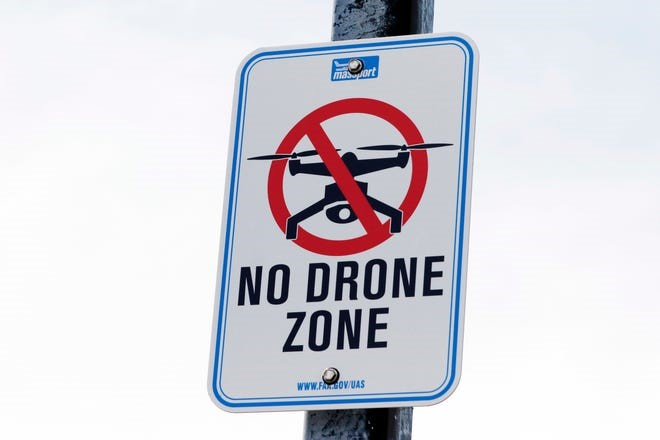By State Representative David Gomberg
I received a text recently from my accountant. He was in his office at seven in the morning. That’s not unusual. But it was also on a Saturday and that was unusual. Like many of you, he was working on taxes.
I had a professor in graduate school who described taxes as “the cost of a civilized society.” We all want good schools, good roads, good police and fire protection. And often we want much more, depending on our unique needs and circumstances.
One of my legislative colleagues once told me that he’d been visiting the coast and saw a lot more highway work being done here than in his district. “I’m not surprised,” I replied, “more of your constituents drive on my roads than my constituents drive on yours!”
Too often, people believe wasteful public spending tends to be money spent on someone else or someplace else.
My government professor would say we’re all in this together and all dependent on each other for our mutual success. We in western Oregon depend on the farmers of eastern Oregon for food just as they rely on our highways and ports for their economic success.
That’s why, with so many residents in our district old enough to not have kids in our schools, I’m so proud we consistently vote to support public education. We all have a stake in their success, whether we want to hire graduates to work in our businesses or to provide us with everything from lawn care to health care. As my old friend Governor Barbara Roberts once observed, we want to be graduating young people who are well educated, well prepared, and very, very grateful. Because soon enough, they will be taking care of us!
My finance professor had a slightly different perspective on public spending and I’m mindful of his lessons as well whenever I review state budgets and priorities. There are limited public dollars and we need to spend them wisely and well. A recent news story really brought this home as one observer opined, “We are a high-tax state with low services. Stuff’s not working.” Actually, he didn’t say “stuff”.
The legislature allocates tax dollars. The Secretary of State audits their use. The Governor administers executive agencies.
Too often of late we’ve seen challenges play out with unemployment and rent checks not arriving, programs like family leave behind schedule, computer systems failing. We’ve seen continuing challenges including the pandemic, wildfires, and drought.
There are forty people running for governor right now and with the May election, we will narrow that list to two or three. It is historically critical that we choose an executive who not only shares our vision and priorities for this diverse state, but who also demonstrates the administrative ability to make “stuff” work.
The deadline to file state and federal personal income tax returns is April 18. The Oregon Department of Revenue (DOR) estimates that it will receive over 2.2 million total returns this year.
More than 1.1 million Oregonians have already filed their state personal taxes. Of those 1.1 million taxpayers, more than 928,000 have received refunds, with other refunds still pending. A Where’s My Refund? tool is available on Revenue’s website for personal income tax filers now.
E-filing is the fastest way to get your tax refund. On average, taxpayers who e-file their returns and request their refund via direct deposit receive their refund sooner than those who file paper returns and request paper refund checks.
The DOR long provided free options to taxpayers with an adjusted gross income of $73,000 or less who didn’t want to pay to file electronically. Last year, nearly 70,000 Oregonians used one.
But Oregon quietly discontinued its most-used versions this year, leaving previously eligible Oregonians with no option to file for free online. That is nearly half of Oregon tax filers. The state cited a decision by Intuit, maker of market-dominating tax software TurboTax, to discontinue technical support for the free service. In-person and virtual tax assistance to anyone, free of charge, by groups like AARP remain available.
Oregon also offers a state Earned Income Credit (EITC) to help low- to moderate-income workers and families get a tax break. To qualify, you must obviously be working and owing taxes. Studies have consistently found that the EITC has substantial positive effects in inducing single parents to go to work.
All taxpayers will also receive a Kicker both this year and next.
The state Constitution requires that if revenue exceeds annual estimates, the extra funds must be returned to taxpayers in what we call the tax “kicker”. The policy refunds taxpayers whenever personal income tax revenues come in at least 2% above initial projections during a two-year budget cycle.
The latest quarterly revenue forecast for Oregon shows tax receipts are again exceeding expectations. That reflects, I believe, the strength and resilience of Oregon business and workers, and also the difficulty of accurately estimating tax revenue during these unpredictable times.
Taxpayers completing their forms this year will see the results of a $1.9 billion kicker for 2022 and another $1 billion next year. That translates into about $850 for an average taxpayer earning roughly $70,000 and $420 for workers earning $35-40,000. The kicker is based on income and if you are fortunate to earn over $200,000 a year, you can expect a credit of around $4,000. Top income earners will receive tens of thousands of dollars.
I don’t know too many people in that category and I’m hearing some interest in capping the kicker at around $1000 so most Oregonians get what they do now, everyone gets something, with the balance going to schools or reserves for those future years when the economy may not be as strong. Oregon is the only state in the country that, when times are good, sends nearly every dime of personal income taxes that exceeds the official prediction back to taxpayers rather than stockpile the money for bad times.
One reason we have more state revenue than expected is because we’re earning more. Oregon wages rose 17% since the pandemic started —and a state economist says they’ll keep rising. We have now recovered more than 4 in 5 of the jobs lost at the start of the pandemic.
In Oregon, unemployment is down to 4 percent, close to the national rate, and the lowest it’s been since the pandemic began. But job vacancies remain high – whether they are in restaurants or in schools or mental health clinics or behind the wheel of a police car — and more jobs continue to be added. For every seven people seeking work, 10 jobs are available. There are simply more jobs available than there are people actively looking for them, and in the short-term, that gap may continue to widen.
As wages rise, some families choose to have one parent remain at home rather than struggle with childcare that is hard to find and hard to afford. A historic number of job openings paired with rising wages and the rapid normalization of remote work have made it easier than ever for employees to switch jobs. And of course, many baby-boomers are retiring. That combination has led to extraordinary incentives dangled to potential hires, with signing bonuses in some cases as high as thousands of dollars.
State economists warn that the positive economic trajectory could be hampered in coming years not only by inflation, but also by an ongoing housing supply shortage and people slow to return to the workforce.
Most Oregonians are earning more and wages continue to rise. But too often, those increases are being absorbed by prices increases as inflation surges. Wage gains are not consistent across the state as you have often heard me argue. And too many Oregonians on fixed incomes will struggle to pay those higher prices for food, fuel, and services.
|
|
|
To get in touch with my legislative office, please e-mail Rep.DavidGomberg@oregonlegislature.gov
Representative David GombergHouse District 10
|






